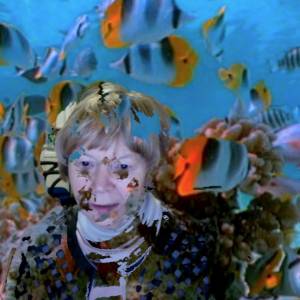Life on stilts -in Scotland
Today we took a trip up north to Loch Tay, a distance of some 50 miles to see some archaeological remains.
(The prospect of looking at old bits of wood sticking out of the water was not I must admit an obvious choice for a Bank Holiday but my partner wanted to go.)
In fact the Scottish Crannog Centre at Kenmore turned out to be fascinating and it has won numerous awards for tourism.
I learnt that my ancestors, 2500 years ago,would probably have lived in houses like this on stilts in the water.
These ancient loch dwellings were peculiar to Scotland and Ireland and may go back as far as 5,000 years.
The one we visited was an authentic reconstruction of the Oakbank Crannog on the loch and it would have accommodated an extended family of 15-20 would have lived with their sheep, goats, cattle and pigs bringing them for safety on to the crannog for the night. The animals also provided warmth.
There were dozens, maybe hundreds of them throughout the country: 18 are known on Loch Tay.
But why did they choose to live on the water? partly for safety and for status.
Every effort is taken to give the visitor an authetic experience of what life would have been like on a crannog and include demonstrations on evrything from making wire to spinning wool.
All the guides, like Lesley Donnelly, in my photo, wear woven period clothes.
More photos on Blipfolio"Scotland"

Comments
Sign in or get an account to comment.


